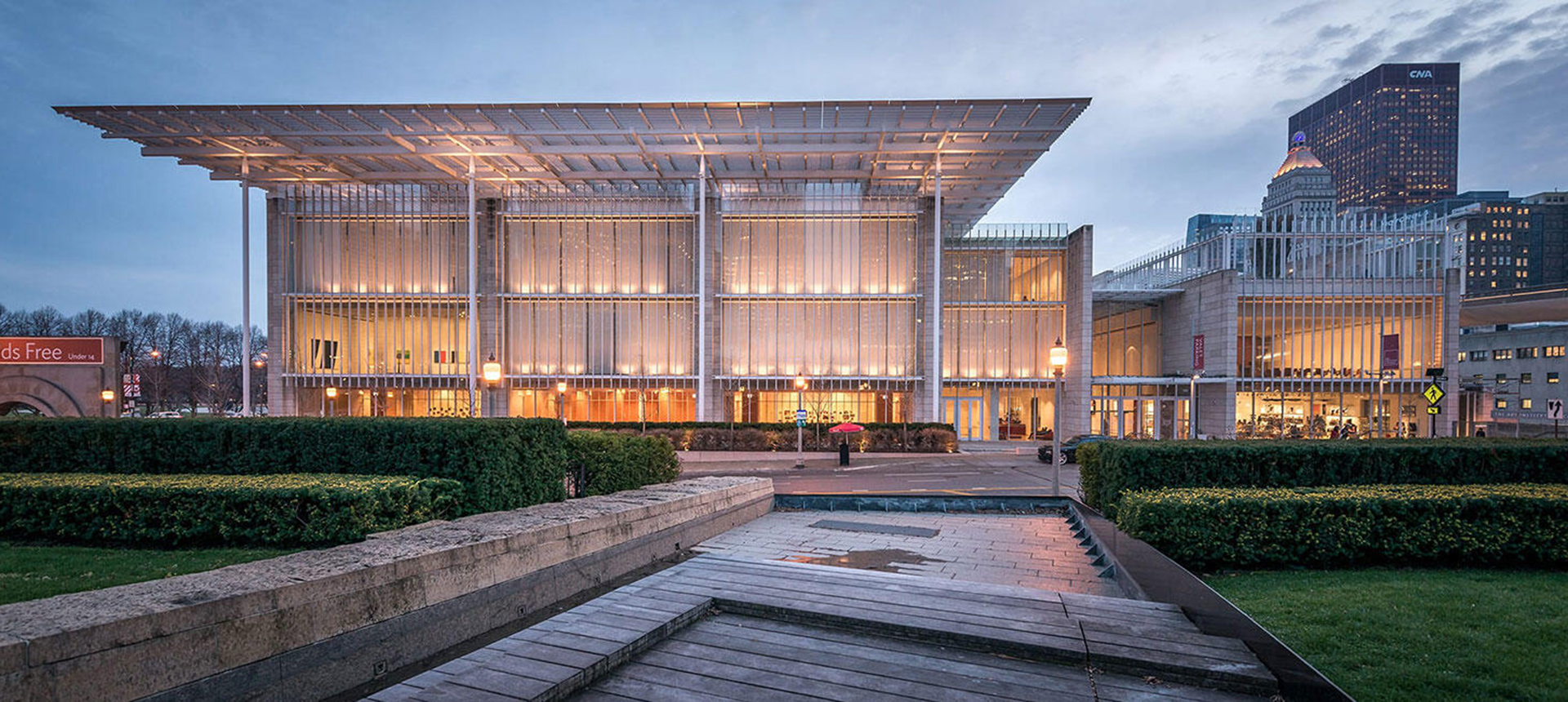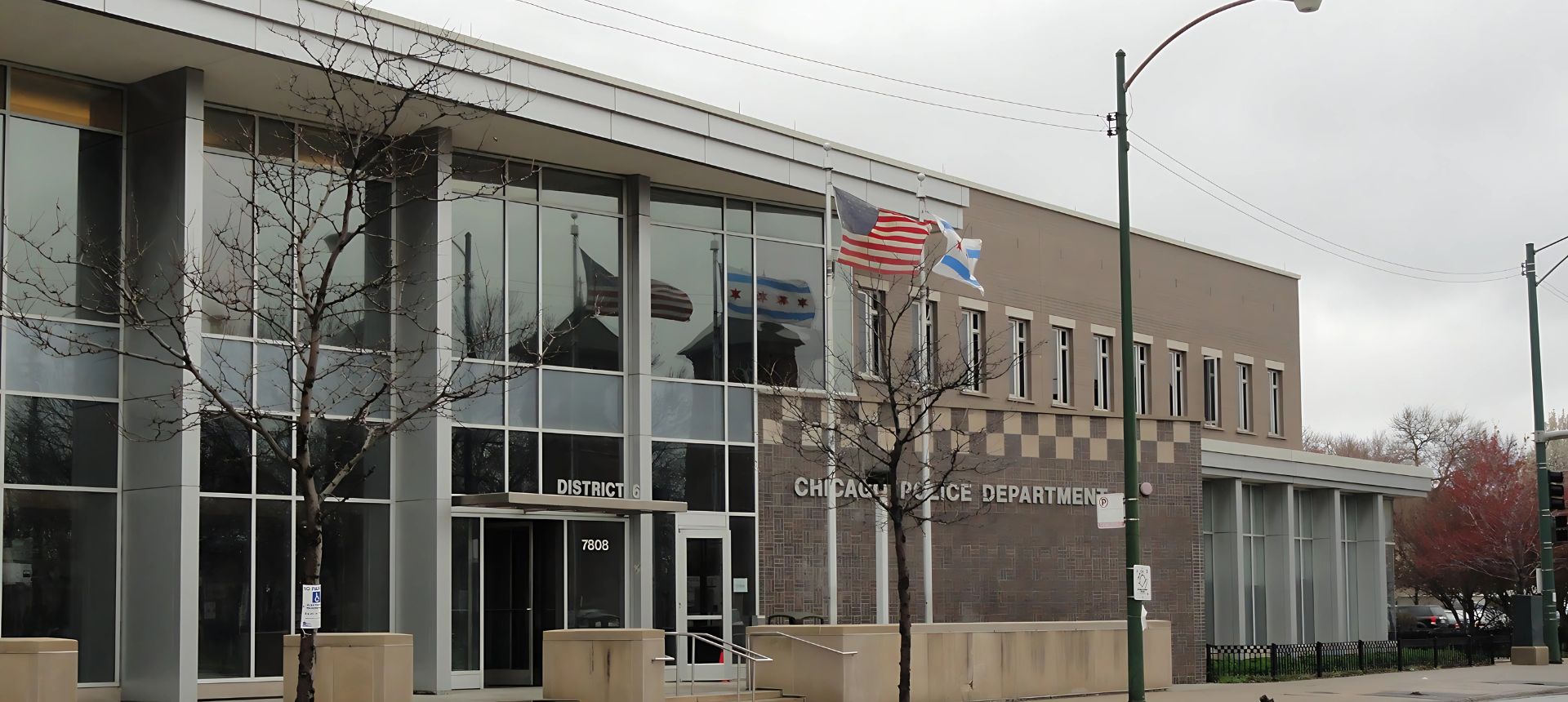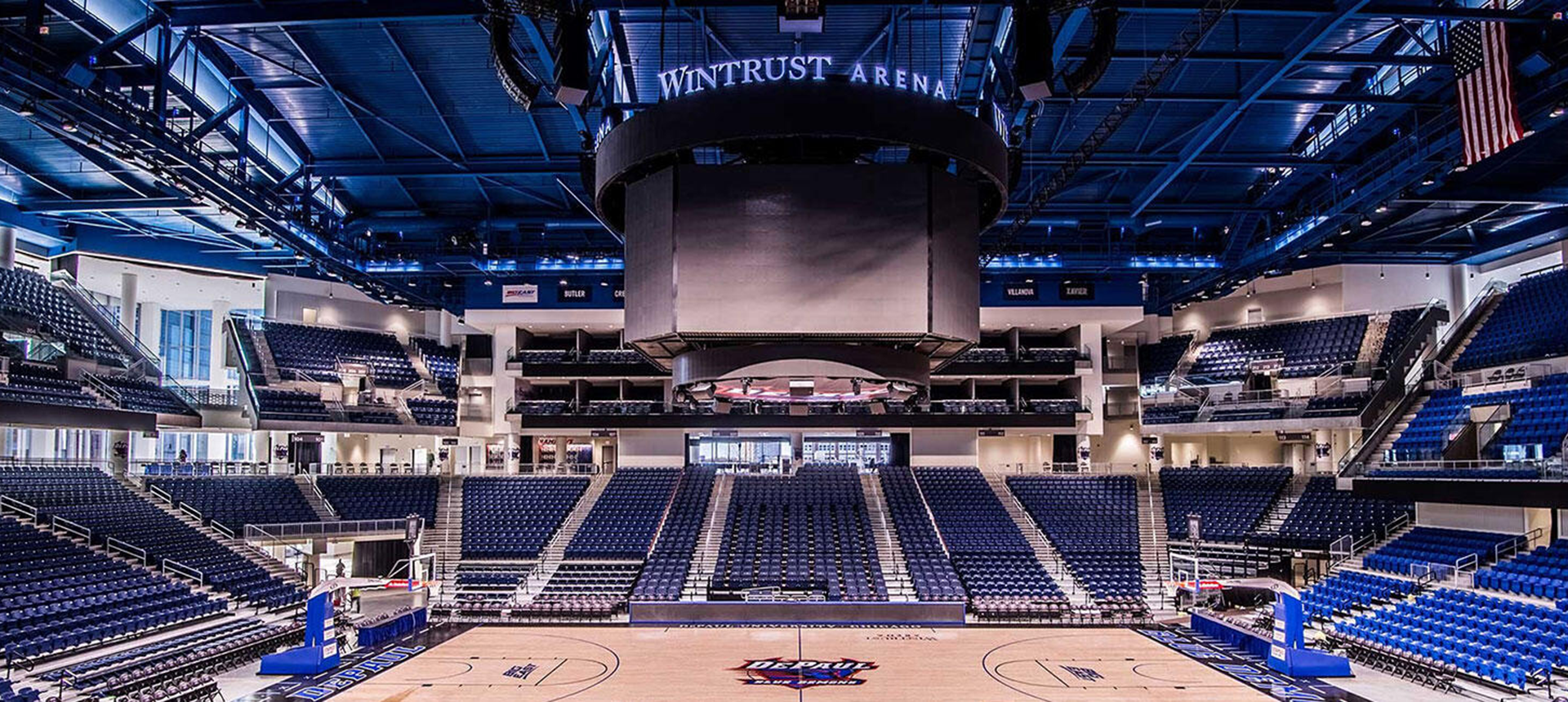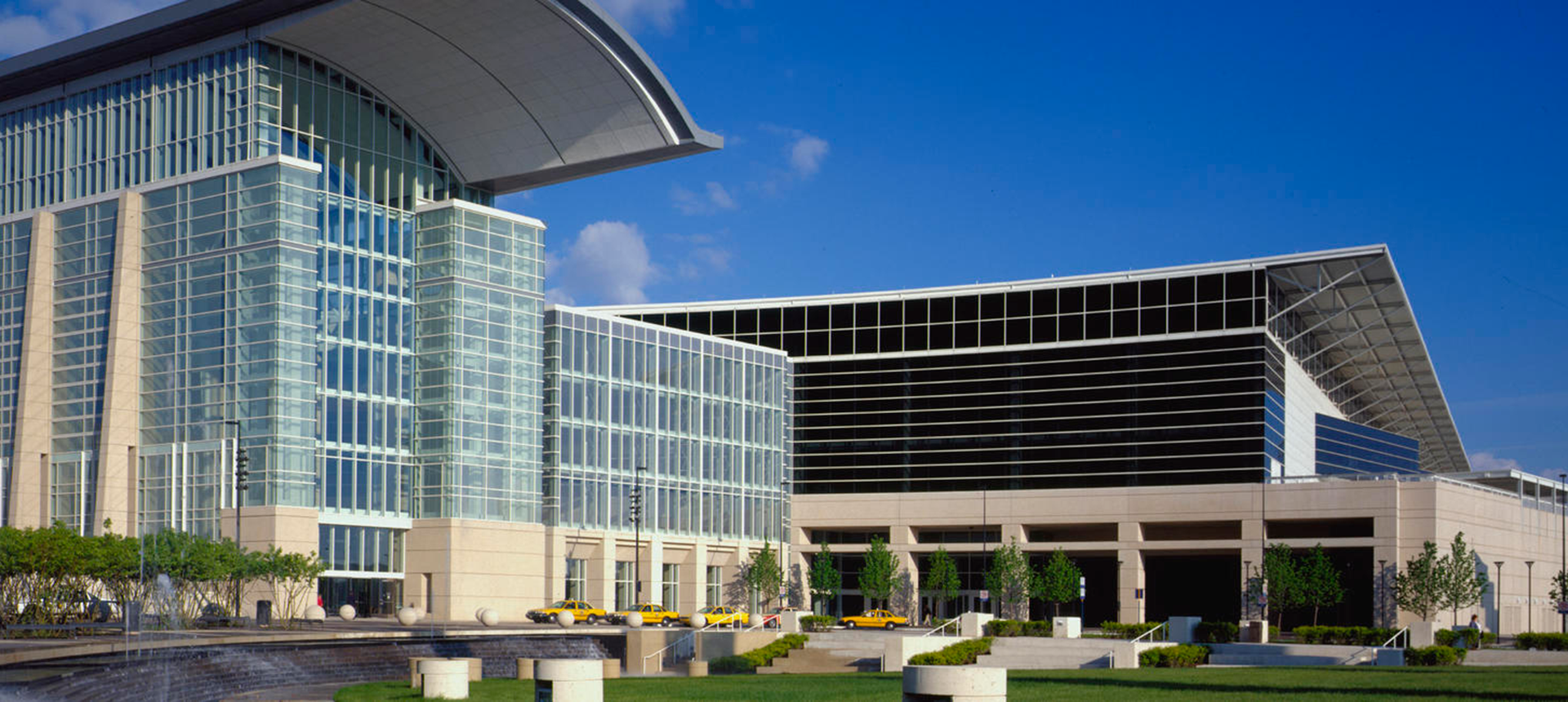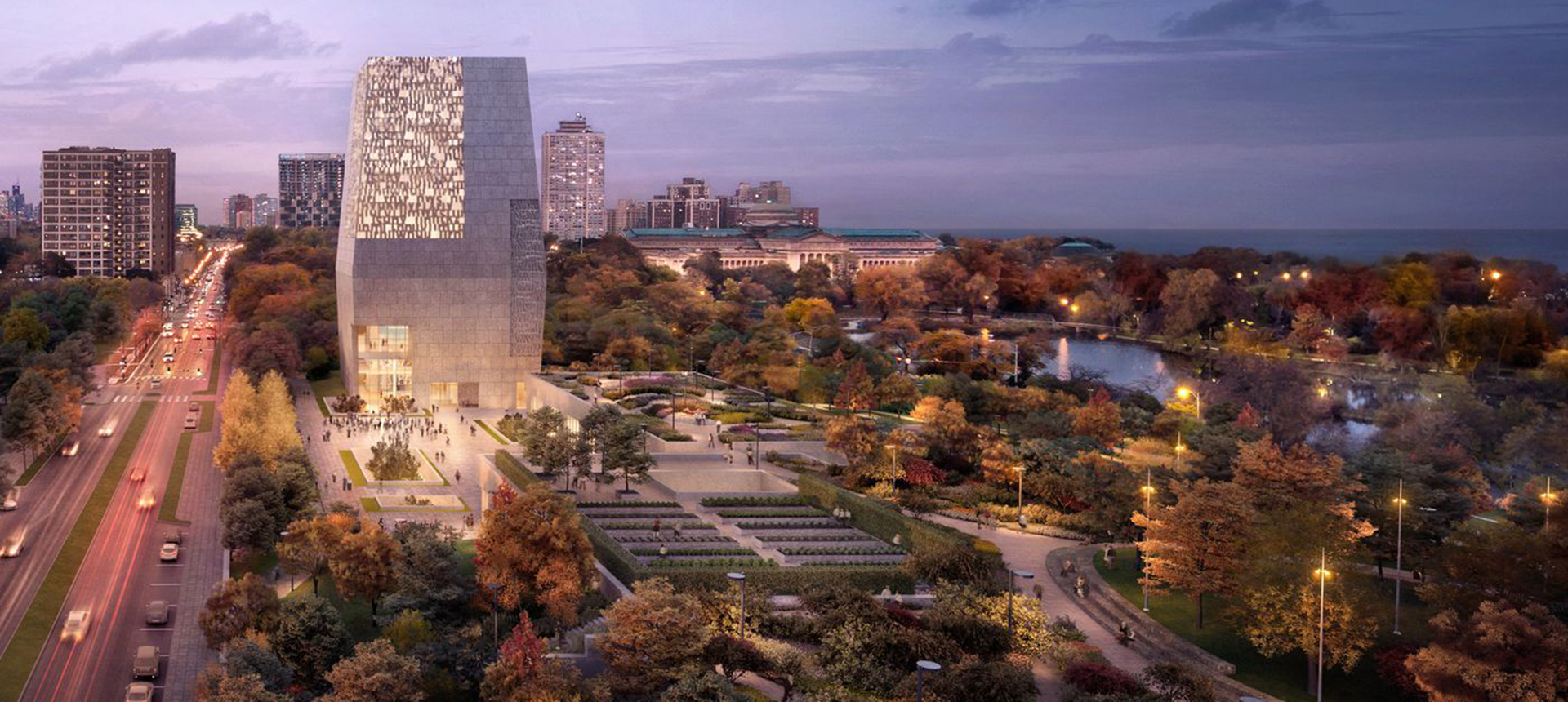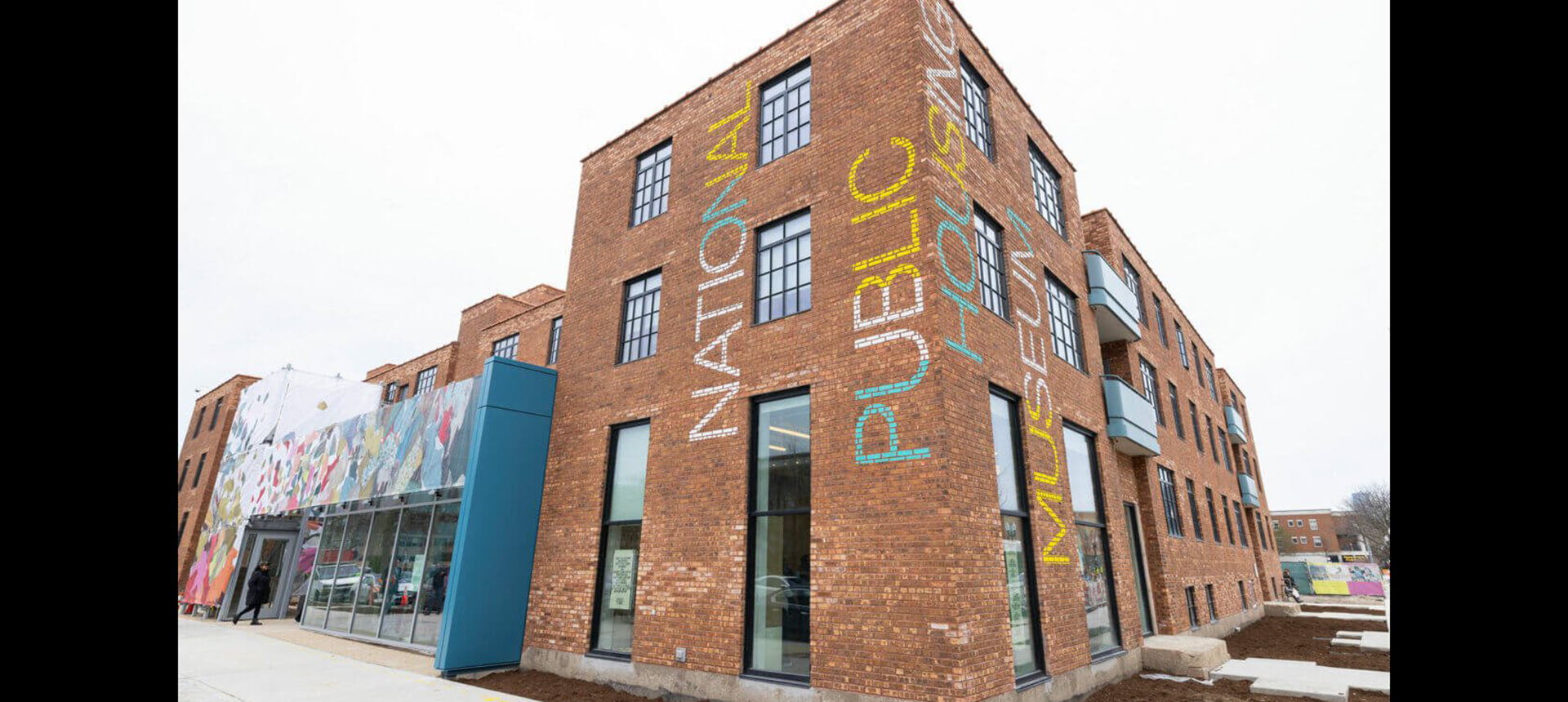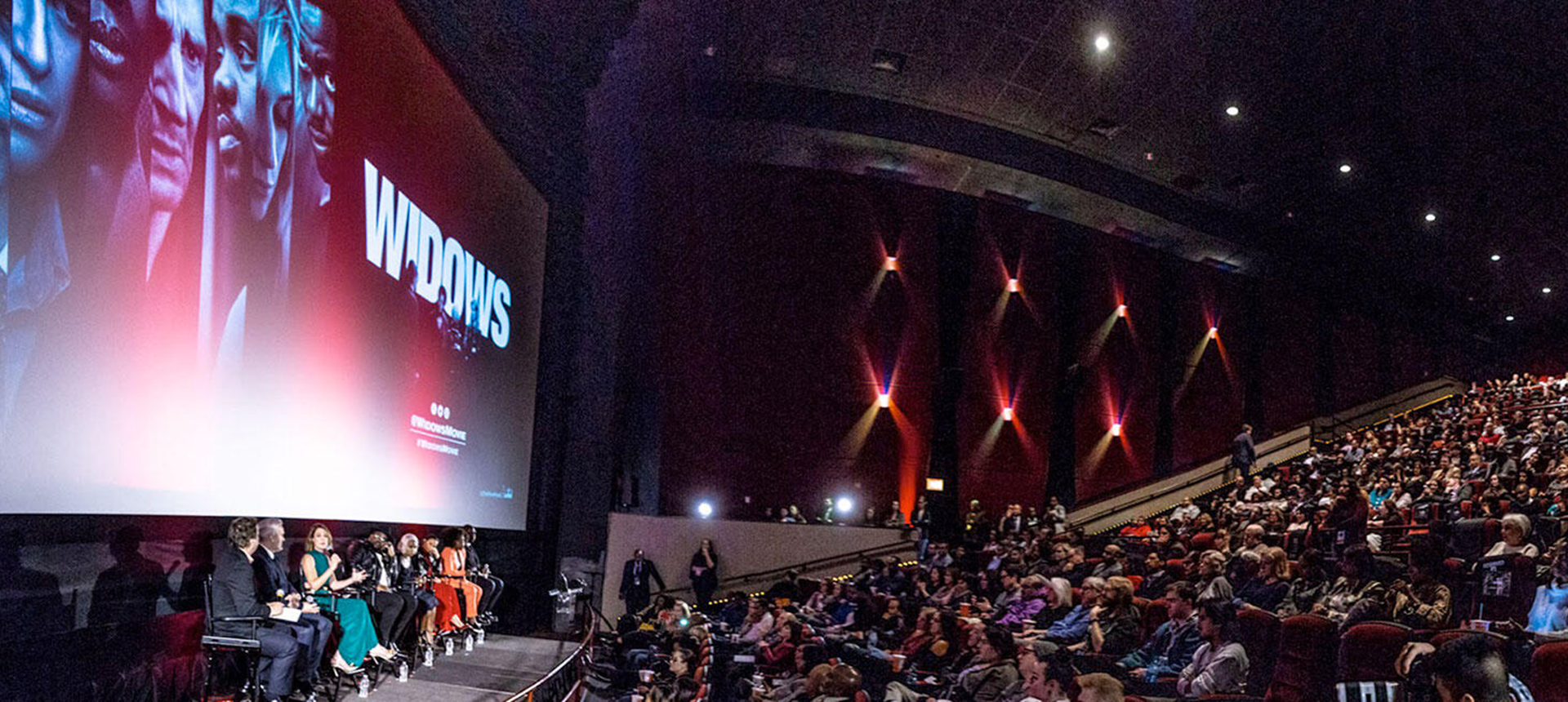Designing public spaces that serve and inspire.
Civic buildings and cultural landmarks are the physical embodiment of a community’s identity, values, and aspirations. From libraries and museums to courthouses and community centers, these spaces must deliver on two fronts: operational efficiency and an elevated human experience.
The Next Generation of Public Spaces.
Today’s civic environments must balance tradition with transformation. Security, accessibility, and resilience remain non-negotiable, but technology now plays an equally critical role in how these spaces are experienced and maintained. In today’s world interactive exhibits, digital wayfinding, community Wi-Fi, and energy management systems are core to infrastructural development.
Communities expect civic facilities to be welcoming, secure, and digitally connected, with systems that can run reliably for decades and adapt to new demands without extensive rework.
How We Support Cultural & Civic Projects
At Level-1 Global Solutions, we integrate technology seamlessly ensuring it enhances the civic mission without overshadowing it.
Our work includes:
- Low-voltage master planning that supports public safety, visitor engagement, artifact preservation and operational control
- Wireless and DAS systems designed for complex, high-traffic public spaces
- Physical security design that respects architectural openness while protecting people and assets
- AV and interactive technology integration for exhibitions, council chambers, and performance venues
- Energy management, PoE (Power over Ethernet) and monitoring systems that reduce operating costs and align with sustainability goals
We design with lifecycle in mind, so systems we deliver could be maintained by in-house teams and upgraded without disruption.
Why We’re Trusted
We understand that cultural and civic spaces operate in the public eye and that they need to inspire trust and pride. Our designs respect heritage while embracing innovation, ensuring technology systems can evolve alongside the community’s needs.
Because the most enduring public spaces are the ones that serve people as well as they represent them.
Featured Projects

